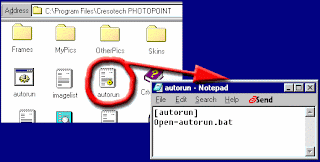 If your wireless network is not secure, a hacker can easily intercept the data you send and receive, or access files saved on your computer – all from the comfort of their own sofa.
If your wireless network is not secure, a hacker can easily intercept the data you send and receive, or access files saved on your computer – all from the comfort of their own sofa.Why is it necessary to secure my wireless network?
These days, most computers are wireless-enabled: they let you connect to the Internet without a physical network cable. The major benefit, of course, is that you can use your computer anywhere in the house or office (as long as it’s within range of your wireless router). However, there are potential risks involved in wireless networking - unless you make your network secure:
A hacker could intercept any data you send and receive;
A hacker could get access to your wireless network;
Another person could hijack your Internet access.
















































